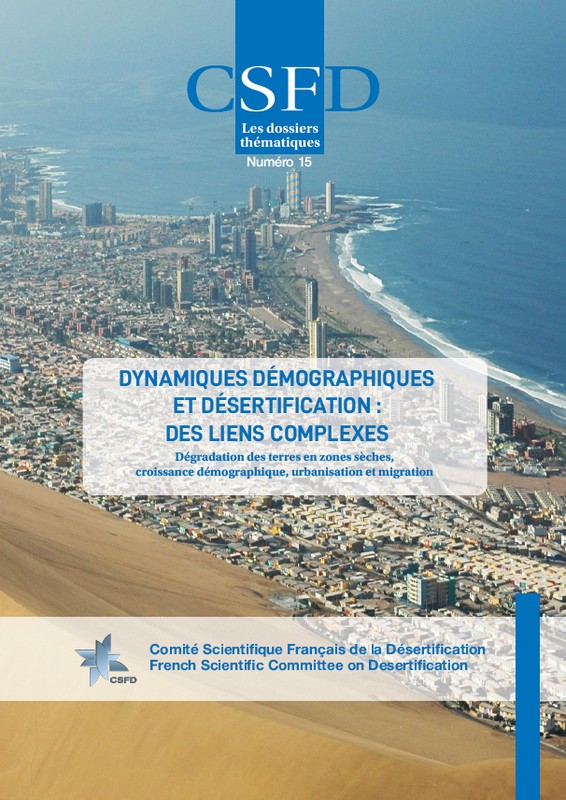Land degradation in drylands, population growth, urbanization, and migration
In dryland areas, can population growth, urbanization and migration be the cause or outcome of land degradation? With the linkages between climate, biodiversity and land currently tabled on the international agenda, this Dossier showcases the interplay between population growth, urbanization and migration dynamics and evolving desertification patterns. The authors and contributors argue that desertification and population dynamics are usually independent processes. Linkages between these processes—when they exist— are generally indirect and vary depending on the concerned regions, production systems and community lifestyles.
This Dossier focuses on population trends (growth or decline), changes in population spatial distribution (settlement patterns), particularly through urban concentration and migration (primary domestic and international residence shifts of populations). The definitions used and methodological precautions needed to characterize these processes at different spatiotemporal scales are reviewed. Linkages between population dynamics and desertification are assessed from two angles: the impact of populations on desertification dynamics, and of desertification on community lifestyles. The authors provide many examples on different continents to illustrate that the core desertification issue is not related to population growth metrics or even population density, but rather to certain agricultural and non-agricultural production methods, resource use, unequal wealth distribution, and unsuitable public policies. The population must therefore be viewed as just one among many factors, as the interplay between population dynamics and desertification is not mechanical or systematic. The target society as a whole—including all of its cultural, economic and political complexities—must be examined to get a clear picture of the interrelationships involved.
The English version will be published soon.




